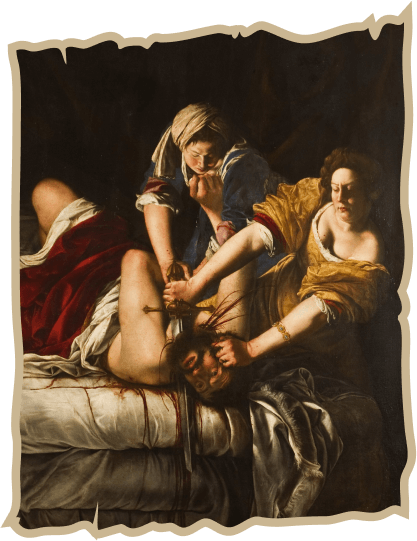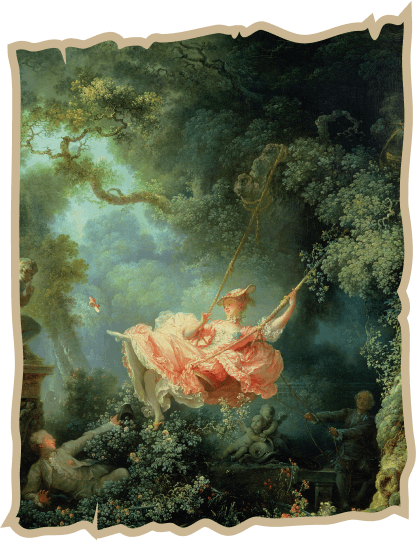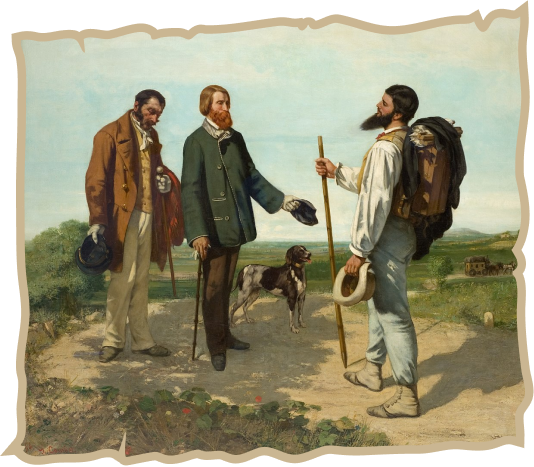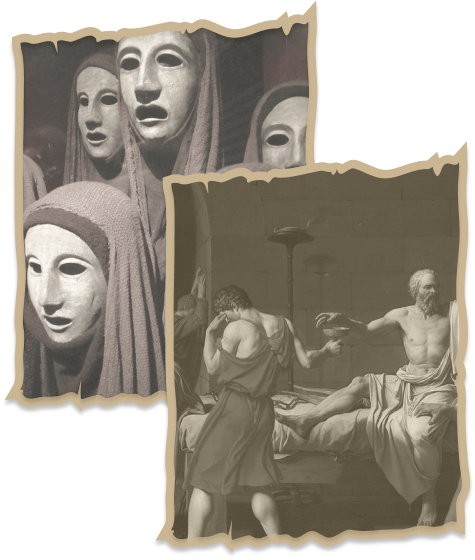Art and Music in the Age of Enlightenment
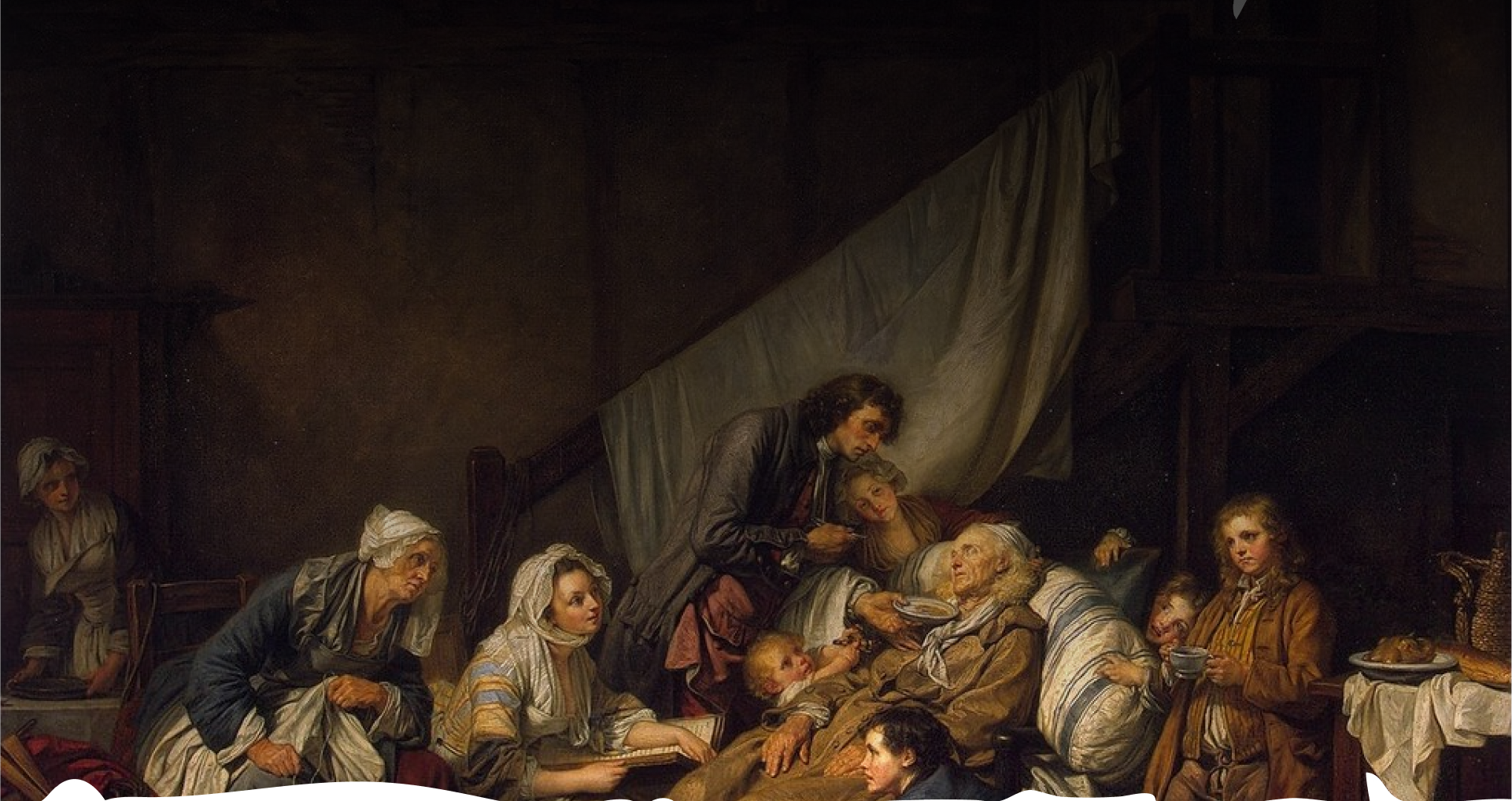
Art and music have been a part of human existence since the start.
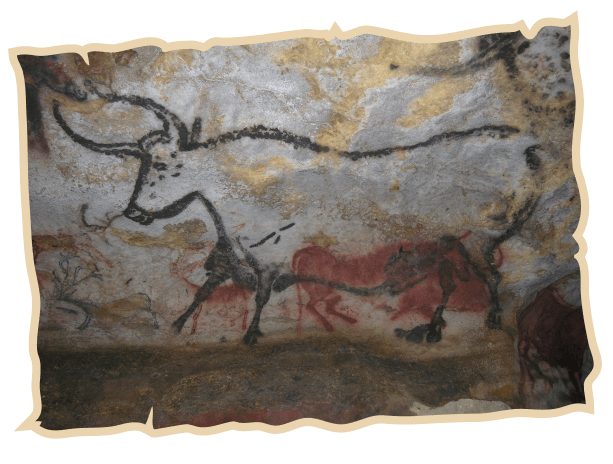
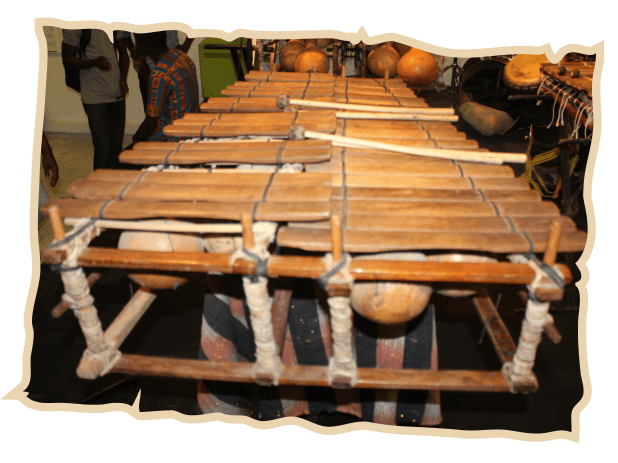
We have relied on art and music for expression. we have relied on art and music for expression. But during the Age of Enlightenment, the gaudy gold style of art and architecture changed drastically, as composers steered music into a new era of classicalism and melodic harmonies.
Who were these philosophers and what was their connection to art and music? It turns out that the link between Enlightenment philosophy, politics, and the fine arts is much more complex than anticipated.
Read on for an exploration of the Age of Enlightenment, and the impact this period and its thinkers had on art and music!
Between the mid-1600s and early 1800s, a shift in thinking took place in Europe which came to be known as the Enlightenment.

Some of the greatest thinkers in this “Age of Reason” began to change the way society viewed philosophy, politics, and science.
Centuries of prior rigidity in custom and tradition were viewed as distastefully “monarchical” and brushed away in favor of individualism, exploration, tolerance, and innovation—leading the way into the modern world. But let’s delve a little deeper into the specifics of the Age of Enlightenment.
What is Enlightenment?
Important figures of this era such as Rousseau, Diderot, and Voltaire, viewed this shift in perception as the shedding of light, illuminating the workings of society, and making necessary reforms clear.



And so the Enlightenment was born, questioning the traditional ideas and methods that were suddenly under a very public spotlight.
Leaders in Enlightenment discussed ideas that would become the founding principles of modern democracy—the importance of an individual who can reason for themselves, the idea of equality under the law, and the notion of natural and inherent rights.
This new adoption of science and reason could lead the way to an improved human society, shedding old superstitions and customs along the way.
Reason, Equality, Fraternity
Enlightenment thinkers revered the civilizations of ancient Greece and Rome, with their early democratic ideas and steps toward equality.
Philosophers and politicians considered how these civilizations could be used as a model for modern society, embracing the tenets of reason, equality, and brotherhood, based on personal freedoms and individual happiness.
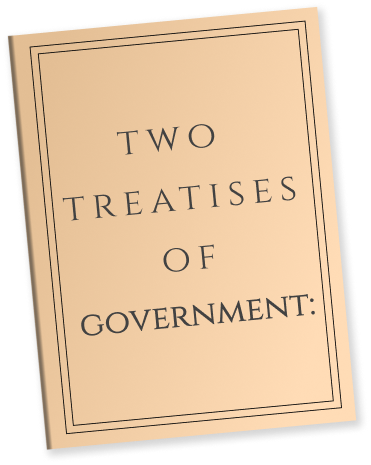
1689
In his 1689 Two Treatises of Government, John Locke proposed that reason and consciousness were the way to liberty and a clean break from political tyranny, one that did not recognize the innate rights of the people.
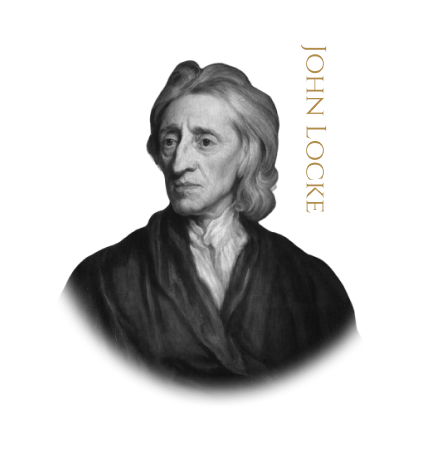
Enlightenment and God
As you might imagine, this public eschewing of superstitions and customs to cling onto science and reason also came with religious impact.
It should be no surprise that the Enlightenment was anti-clerical—for the most part, this movement was opposed to traditional Catholicism that was most prevalent in Europe.
And while the Enlightenment thinkers did not fully eschew the idea of a God, they leaned into Deism: the idea that there is a God, but not the kind of God described as a figure of the Old and New Testaments that is directly involved in human affairs. Instead, this God was more of a monitoring presence, and having created the world and mankind, sits back to watch.
Rousseau’s Civil Religion
And, as you can expect, this did not go over particularly well with monarchies, aristocrats, and rich religious officials who claimed their privilege came from God and used it to elevate their status above the working classes and the poor.
Philosopher Jean-Jacques Rousseau put his idea of “civil religion” forward in 1762, that Christianity in its old form was useless in fostering a spirit of communal patriotism necessary to build a flourishing state.
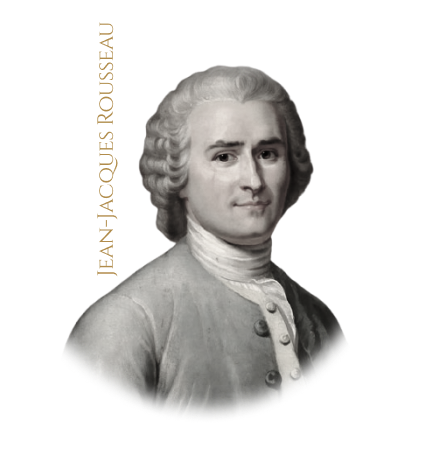
Christianity in its old form was useless in fostering a spirit of communal patriotism necessary to build a flourishing state.
People needed to believe in a force, but should not blame or praise it for their success or failure—that was a solely human act, and should be treated as such. Religion must not be used as a dogma for hypocritical or abhorrent behavior.
The Enlightenment, the Monarchy, and Revolution
It was during this time that thinkers began to question the idea of the divine right of kings, such as what Louis XVI of France enjoyed.
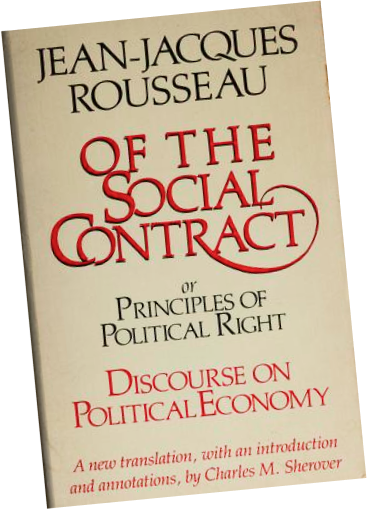
by Jean-Jacques Rousseau
The King did not receive his power from on high, but rather from the will of the people. And as such, the people could take that power away.
In France, Enlightenment thinkers condemned the monarchical Rococo art style as immoral & indecent, and openly criticized the corruption of the monarchy, leading to mass unrest and longing for change.
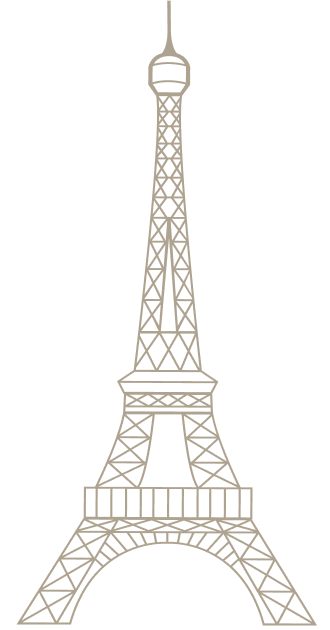
Historians generally agree that the French Revolution of 1789 had some of its philosophical roots in both Rousseau’s and Denis Diderot’s works, and as soon as the first bayonet was attached at the Bastille, the way of Enlightenment thinking was irrevocably tied to this revolutionary act.
Major Players of the Enlightenment
Let’s meet some of the big names in the Age of Enlightenment, including philosophers, writers, politicians, and others. These were the men primarily responsible for the entire movement and shift in thinking, so their introduction is important to understanding the absolute upheaval their words and conclusions brought to the world of art and music.
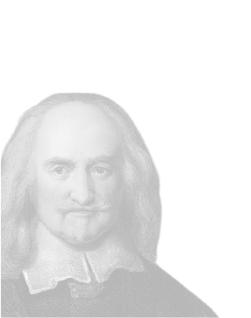
According to Hobbes, in order to avoid the chaos that is a state of nature, man must adhere to a social contract and establish a civil, representative society.
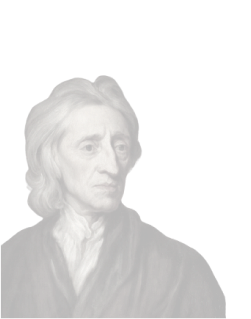
Locke championed the idea that a representative government would best serve a populace, inspiring later Enlightenment philosophers to influence social justice and government in the hands of the people. Locke focused primarily on his theory of rights, that men are free and equal by nature instead of being divinely mandated as subservient to a monarch.
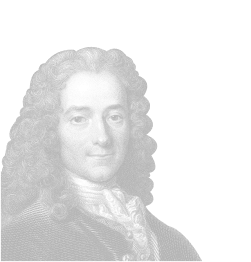
Famed for his witty attacks on the Church and monarchy, Voltaire was a great advocate of the freedom of religion, expression, and the separation of Church and State.
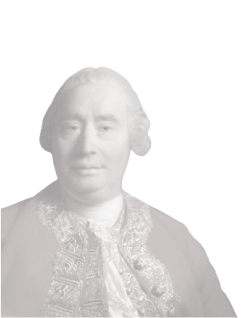
Unlike other followers of the philosophy of Spinoza, Hume attempted to bridge the gaps that the Enlightenment highlighted.
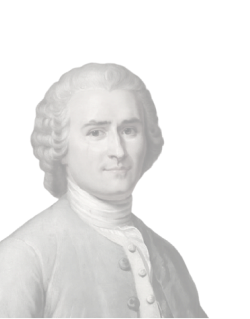
A key radical thinker of the Enlightenment who believed in releasing people from the bonds of class society, Rousseau dreamed of a return to direct democracy such as the ancient Greek polis, where the people were responsible for themselves, politically and morally.
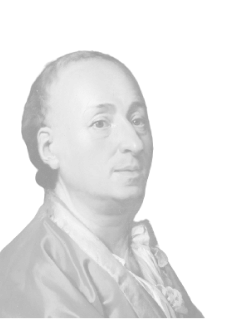
Author of one of the most important documents of the Enlightenment, Diderot’s Encyclopedie collected as much knowledge as possible, across all subjects and genres, to be available to everyone regardless of class.
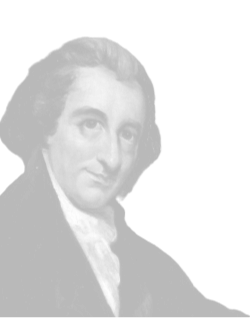
In his works, Paine called for a challenge to established forms of authority, checks to the power of the few, and redistribution to the populace.
Paine railed against absolutist monarchy and identified the connection between religion and riches, as well as their total control over people and politics.
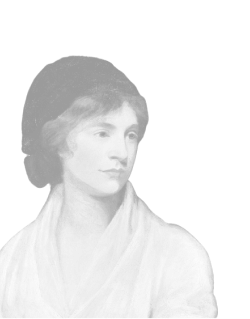
Further, she argued that women were equally rational beings as men, and only appeared inferior due to a lack of education that was enforced by a binary social outlook, rooted in hierarchical and monarchical systems.
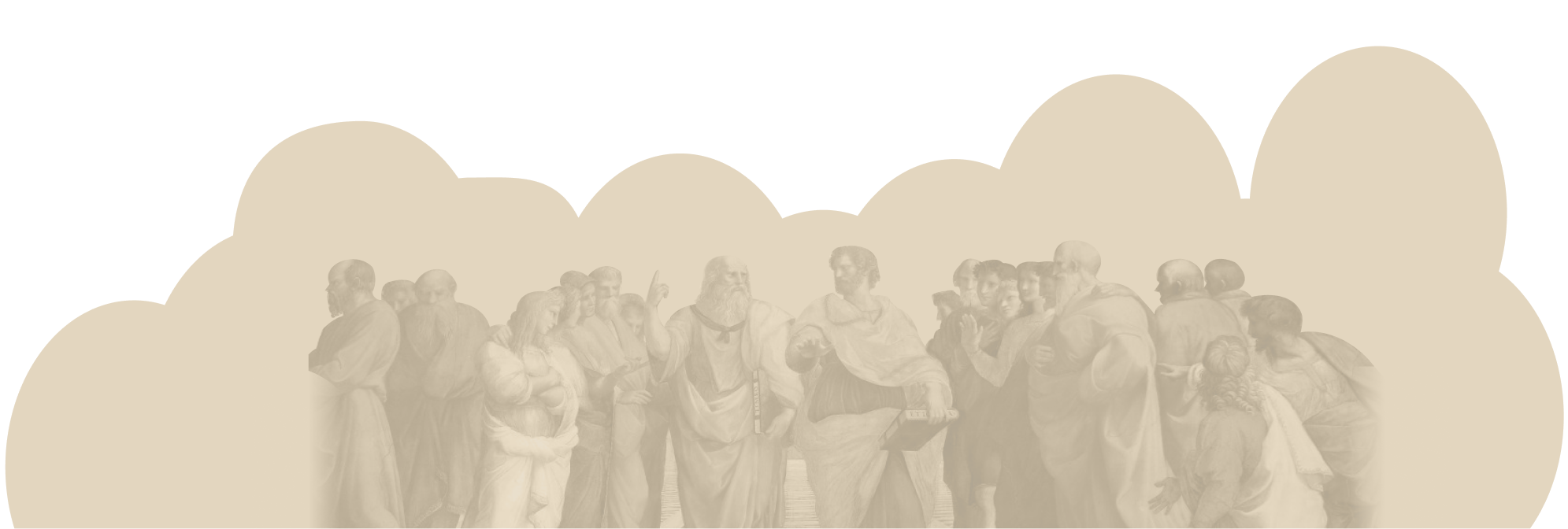
With the Enlightenment’s encouragement of focus on reason over superstition and the wider spread of learning, the fine arts began to explore subject matter more relatable to the general populace.
Let’s explore some examples of these previous styles and how the Enlightenment era art took a vast detour.
Pre-Enlightenment Art: Baroque and Rococo
Before the Age of Enlightenment, there was the Age of Elegance. The dominant art styles were known as Baroque and Rococo, concurrent styles that closely resembled each other between around 1590 and 1720.
Baroque and Rococo art reflected the religious tensions of the age, following the Catholic Church’s Council of Trent in the mid-1500s.
The Elements of
Baroque and Rococo Painting
Illustrating key elements of Catholic dogma, Biblical scenes, and allegorical compositions. Painters approached these subjects with a monumental, high-minded approach—including sumptuous color schemes and sweeping strokes.
Techniques such as tenebrism and chiaroscuro were developed to enhance the atmosphere of the work, with broad and rich brushwork.
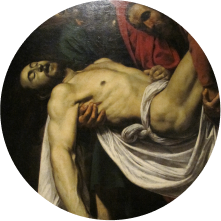
tenebrism
chiaroscuro
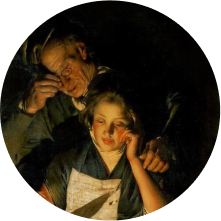
As Baroque and Rococo art progressed during the 17th Century, ever nearing the transition into the Age of Enlightenment, the grandeur continued to evolve, by no means becoming monolithic.
The following are some brief introductions to the three primary styles of this art.
Religious Grandeur
This style was known for being triumphant, extravagant, and almost theatrical.
Such grandeur was a melodramatic type of religious art commissioned by the European monarchical courts and the Catholic Church’s Counter-Reformation movement, as an artistic response to Martin Luther’s revolt against Rome in 1517.
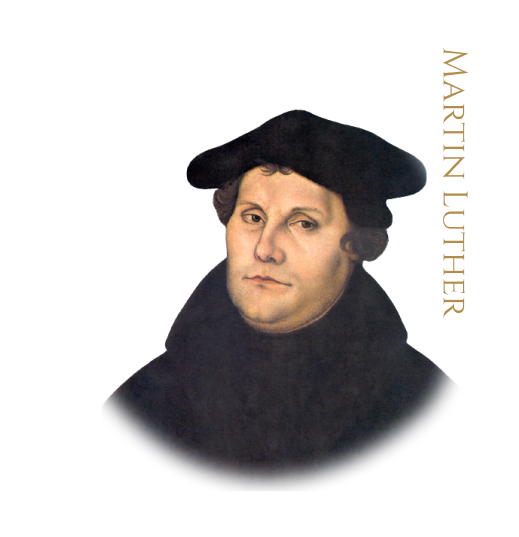
This style highlighted the theological differences between the “true faith” of Catholicism and rogue Protestantism by focusing on mysteries of the faith, the role of the Virgin Mary, and the Saints.
Easel Art
Unlike the large-scale and public religious works in some areas, easel-based art was a glossy form of genre-painting aimed at the bourgeoisie.
Including enhanced realism in portrait art and landscape painting, flower portraits, and a new form of “vanitas paintings”—still life paintings with biblical messages and metaphors that revolve around the essential meaningless of earthly goods and pursuits when compared with religious values.
Greater Realism
A style of figurative composition that adopted more life-like or naturalist methods, artists like Caravaggio championed bold and physical presence in paintings.
This was actually the closest that Baroque styles would come to the new, Enlightened style of art—some of these naturalist techniques were even carried into the Neoclassical style of the Enlightenment.
A Shift in Consciousness,
a Change in Style
This new style, Neoclassicism, was dominant between the early-18th and 19th Centuries.
Partly a reaction against the ostentation of Baroque art and the frivolity of Rococo, Neoclassicism experienced a reinvigoration after the excavation of Herculaneum and Pompeii’s Roman ruins beginning in the 1730s.
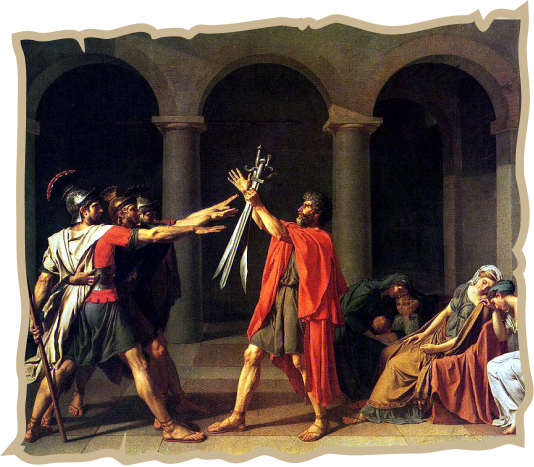
All these elements led to a revival of such artistic canons from classical Antiquity, melded with the cultural urge to promote more noble and rationalistic tenets.
European Neoclassicism:
Characteristics of a New Art Style
Neoclassical artwork embraced characteristics that were quite different than the previous art styles—generally being a more serious, unemotional, and sternly heroic style of work.
Neoclassicism adopted a more somber color scheme, with strategic highlights that tried to convey moral narratives of self-denial and sacrifice, keeping with the projected ethical superiority of Antiquity.

In general, Neoclassicism is more ordered and less grandiose than preceding styles, relying on the quality of outlines and linear designs.
Neoclassicism Classics
Some of the most prominent titles from the Neoclassicism phase of art history can be found in museums around the world, and the following are only a small selection of these for your enjoyment.
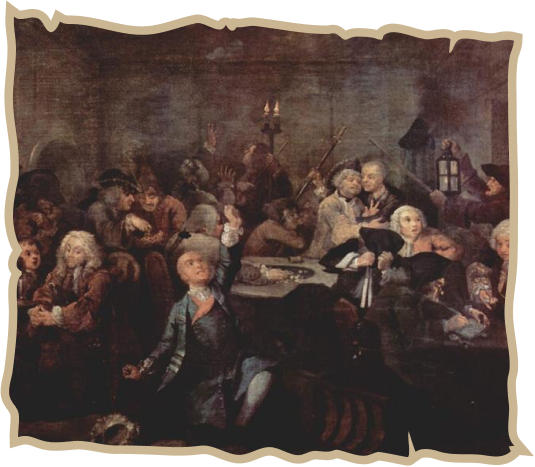
by William Hogarth
Bringing viewers away from the upper classes, this painting reveals a less refined aspect of Europe—one of a series of 8 original engravings, it documents the fall of an immoral man into gambling. This piece speaks to a growing cultural appreciation of what was perceived as a more noble and heroic time in Antiquity, compared to their era of immorality.
by Anton Raphael Mengs
Owing inspiration to Nicolas Poussin’s detailed humanism work in the mid-1600s, Mengs displayed his subjects with an innate beauty, while maintaining the image of the ideal classical physical ideal, presenting as an ardent hero.
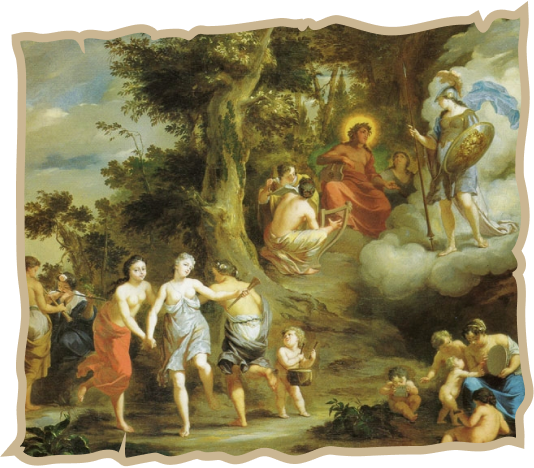
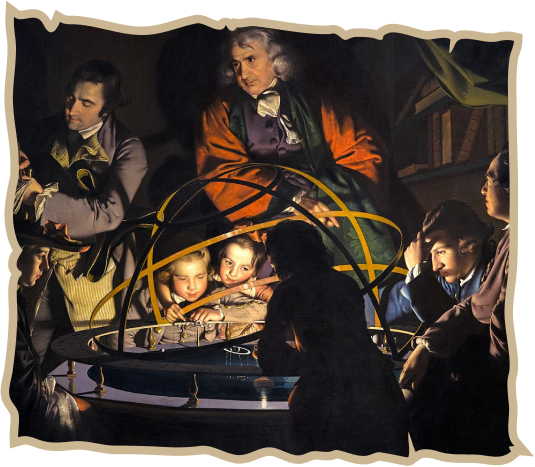
by Joseph Wright
In his muted scene, Wright details a scientific experiment featuring a mechanical model of the solar system, but concentrates on the faces and expressions of the surrounding figures to create a compelling narrative of the painting.
by Jean Honoré Fragonard
Owing inspiration to Nicolas Poussin’s detailed humanism work in the mid-1600s, Mengs displayed his subjects with an innate beauty, while maintaining the image of the ideal classical physical ideal, presenting as an ardent hero.
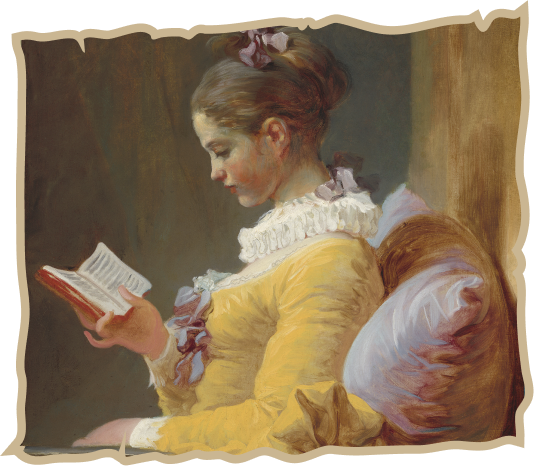
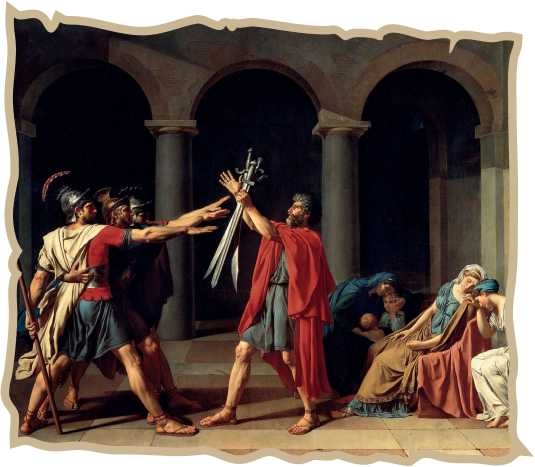
by Jacques-Louis David
Full of symbolism and references to the Classical era, this is a scene of Roman soldiers pledging their oath to defend their rights and their society. From the appearances of triads to the strong heroic model of the subject matter, this was a staple in Neoclassicism art.
by Angelica Kauffman
One of her paintings that focused on female subjects from classical history and mythology, here Kauffman emphasizes the message of exemplum virtutis, or model of virtue. The subject’s virtue is the source of her children’s, and in turn, is the source of social and political justice.
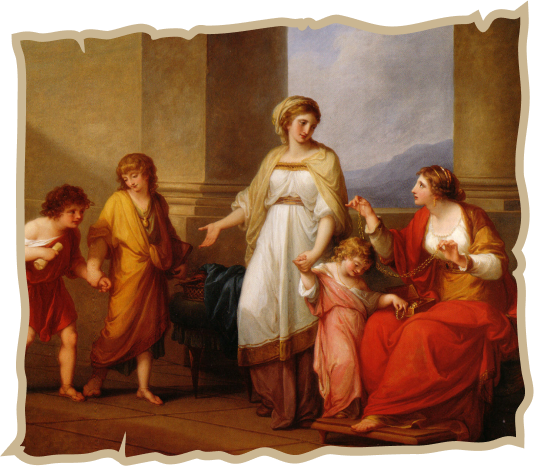
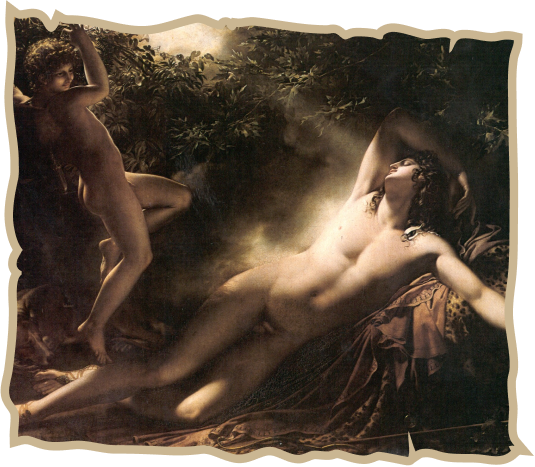
by Anne-Louis Girodet do Roussy-Trioson
Continuing in the tradition of subjects of Antiquity, this painting includes a surprising tenderness in portrayal. The use of light references Rococo styles but softens the decorative nature of highlight into a more meditative tool. Exchanging the typical masculinity of the subject for gentle lines, Girodet subverts gendered expectations.
by Jean-Auguste-Dominique Ingres
While emphasizing the classical nude, Ingres creates a powerful contrast between the hard muscularity of the heroes coming in from the battlefield, and the sinuous poses of Achilles as he secures his own manhood. It contains a moment of psychological drama for anyone who knows the myth, while inspiring feelings of nobility and binary power.
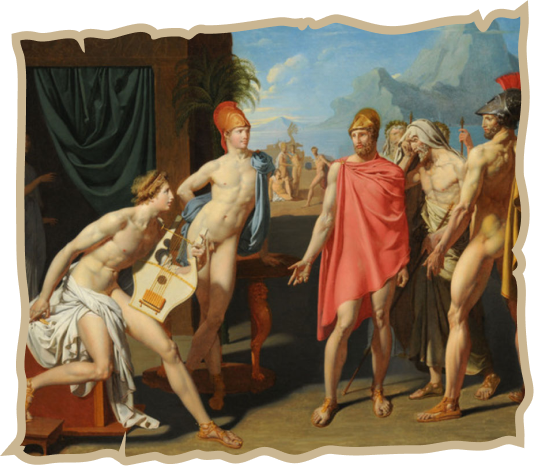
Enlightened Painters,
Enlightened Art
It’s time for introductions—the following are some of the biggest names in Neoclassicism. These artists influenced the style and drove the art movement ever forward during the 18th and 19th Centuries.
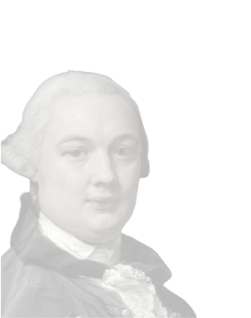
This style of subject matter blended well with the emergent Neoclassicism movement, and he rose to prominence within artist spheres.
His adoption of a severely classical style for scenes of Homer’s Iliad brought him fame in Rome’s inner circle of antiquarians and Neoclassical artists.
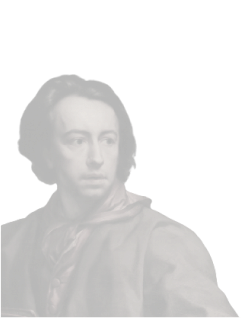
In his figure compositions, he blended forms from ancient sculptures with gentle stylistic elements of the Renaissance, especially artists from the school of Parma.
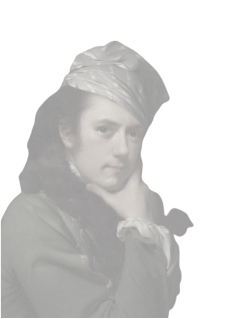
His work also embraced a classical figuring while exploring more scientific topics, something that would continue into the next, more modern era of artwork as the 18th Century drew to a close.
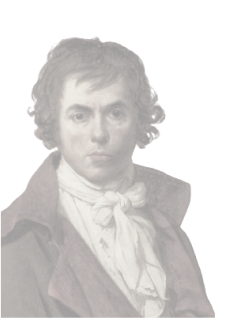
David’s expression of art is a particularly pure form of classical composition.

With Enlightenment came a change to music. Like the world of art and its previous Baroque influences, a new musical style was developed somewhere between 1725 and 1770.
This new style was evident as public concerts became a crucial part of cultural circles, and though music was still being composed for the Church and courts, the availability of music to the public reflected the Enlightenment’s view of enjoyment and entertainment for the common man—not just royalty.
Reforms in Music
Like artwork, this new era of music was born out of the Age of Enlightenment and its adoption of reason.
the primary focus lay on Humanism
During this period of rebirth in the arts
The primary focus lay on Humanism—the interests and values of the people, rather than the preferences of the landed aristocracy and high clergy.
And to accommodate these popular desires, a radical shift in sound and style took place as the Classical era was embraced by musicians and composers.
A Change in Tone:
Classical Era Music
With the Enlightenment’s new era of music, sounds and tone began to change rapidly to fit the new style. Here are some of the developments that composers implemented to meet the criteria of Classical era music:
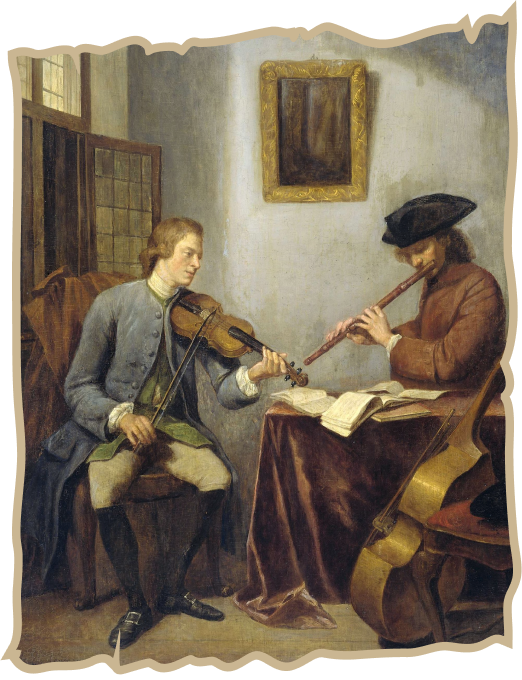
Music composition became more tuneful
Music composition became more tuneful, reflecting the contours and expressivity of the human voice as choral assemblies rose to prominence.
Inspiration from mythology and ancient Greece
Operas and arias took inspiration from mythology and ancient Greece.
Music adopted a more cosmopolitan or universal style
Music adopted a more cosmopolitan or universal style—especially when it came to composers of various nationalities. French, Italian, and German composers downplayed their national differences instead of highlighting class and background, leading to melodic similarities that bolstered the new musical movement and a lack of overtly ethnic coding.
Classical era music is typically homophonic: one melodic line predominates the entire composition, and all other melodic material is audible as secondary melodies and accompaniment.
Instrumental Alterations
These radical changes in music composition, tone, and texture were also made possible by scientific developments to musical instruments around this time.
Technical changes to the piano and violin produced a much better array of sounds and complimentary note ranges, easily applied to changes in the symphonic, and choral compositions of the Enlightenment and the Classical era of music.
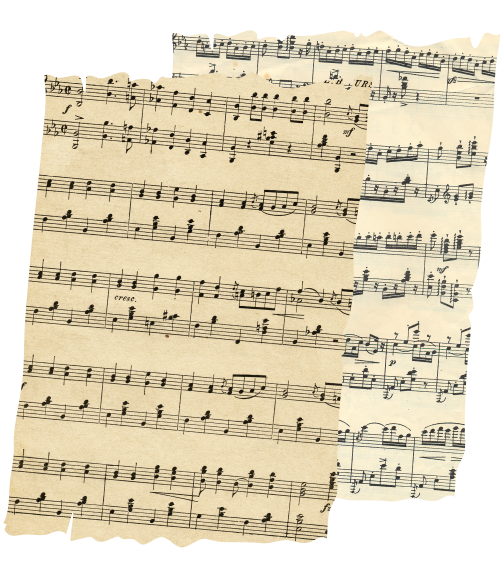
With the development of these instruments, the traditional 4-movement symphony and 3-movement concertos transformed into the newer musical forms of the 18th Century.
The Piano
Using an internal system of hammers, releases, and dampers instead of picks, this instrument was capable of dynamic sensitivity such as crescendo and decrescendo. With a more lyrical tone and a wider variety of chord abilities, the piano was crucial for new composition assemblies.
The Violin
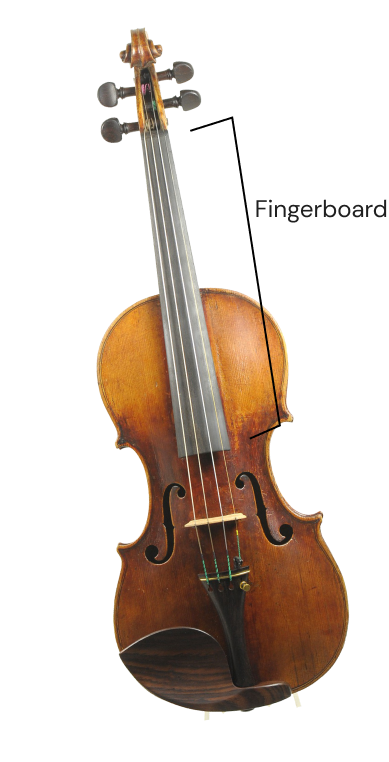
During the late 18th and early 19th Centuries, this instrument experienced significant technical and physical changes.
For instance, the fingerboard of the violin was lengthened and set at a greater angle to support an increase in string tension. These changes resulted in the violin’s increased range of note progression and sound projection, allowing for more varied use and easier mastery.
Handel, Haydn,
and Mozart, Oh My!
You are likely familiar with the more famous names in classical composition, such as Beethoven, but let’s delve a little further into three of music’s most influential composers during the Classical era of Enlightenment.
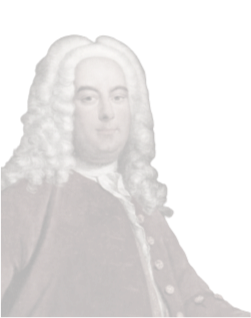
He is highly regarded as an early influence in the Enlightenment musical ideals, by challenging old ways of compositional thinking and rejecting the previously accepted technicality of music to follow his instincts.
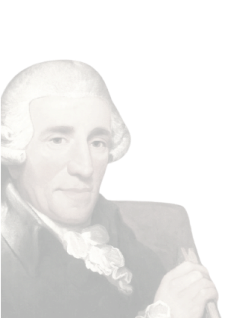
He is also known as the “father of the string quartet”, given his many arrangements and improvements to the grouping of stringed instruments in concert. His oratorios not only drew on ancient mythologies and his Austrian tradition, but they were irrevocably shaped by the earlier Enlightenment thinkers and their championing of public platforms in the arts.
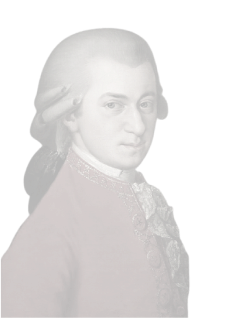
In particular, his operas revolved around the common experiences of normal people, often highlighting the more ridiculous escapades of men and women, instead of highbrow aristocratical matters.

Ushering in the Modern Era
Historians tend to look at this Classical era as the immediate precursor to our modern style of music—complex, textured, and at times tumultuous.
The Enlightenment’s Classical era was one of the last major periods of shift in musical history before the big bands and modern music of the early 1900s.
The Age of Enlightenment caused a social, political, and religious tremor that impacted nearly every aspect of society between the 1650s and early 1800s.
Art and music became a sort of social mirror, reflecting the nature of man and comparing it to not only a classical antiquity kind of heroic ideal, but also a stricter notion of nobility, morality, and eschewing of opulence.
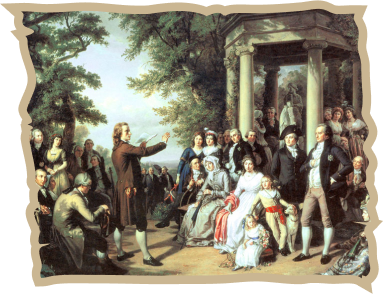
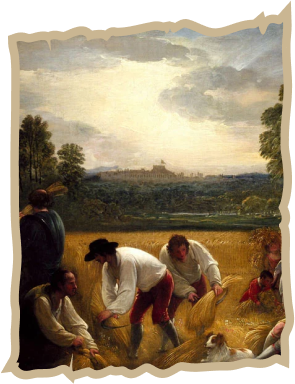
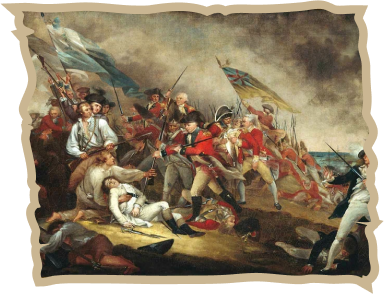
The Enlightenment was not restricted to form and fact—questioning traditional artifice and attempting the direct portrayal of a “universal” human nature came primarily from freed intellects and sympathetic community in feeling. Music and art were able to latch onto this community of feeling and transform it through the medium of brushstrokes and sheet music.
Educational Links
Check out these resources for more information on the Age of Enlightenment, and its effects on art and music!
JSTOR: “The Enlightenment and Music”, journal article by Paul H. Lang.
Khan Academy A beginner’s guide to the Age of Enlightenment.
Oxford History of Western Music: Music in the Seventeenth and Eighteenth Centuries.
The Metropolitan Museum of Art Europe in the Age of Enlightenment and Revolution.
History of Western Civilization The Age of Enlightenment.
- When was the age of enlightenment?
- What is enlightenment?
- What was the age of enlightenment trying to accomplish?
- What is civil religion?
- Who were the key figures of the enlightenment era?
- Why was art so important in the age of enlightenment?
- What was pre-enlightenment art like?
- What is the “religious grandeur” art style?
- What is European Neoclassicism?
- Who were the significant enlightened painters?
- How did music change in the age of enlightenment?
- What were the main instruments in classical era music?
- Best Seating And Color For Theater Room
- Media Furniture
- Media Furniture Modern
- Love Set Sofa
- 2 Seating
- Chairs For Home Theatres
- Movie Couch
- Home Theater Seating Price
- Best Theater Couch
- Love Seat Recliners
- Highest Rated Theater Recliner
- Home Theater Couches Sectionals
- 2 Seater Booth
- Average Cost Of A Recliner
- Contemporary Reclining Chairs
- Best Love Seats
- Best Couch Sectional
- Sofa Prices
- Couch And Sofa
- Movie Theater Seating 4
- Home Theater Accessories
- Theater Chair Manufacturers
- Recliners With Media Center
- Reclining Sofa With Lights
- Home Theater Chair Table
- Ashley Theater Recliner
- Reclining Sofa Massage
- Theaters Seats
- Palliser
- Sofa Snack Tray Table
- Double Recliner Sofa With Console
- Arm Table For Recliner
- Couches With Chargers
- Massage Couches Reviews
- Best Buy Theatre Chairs
- Best Brands Of Recliners
- Black Leather Couch With Recliners
- Recliner Heat Massage Sofa
- Sofa With Storage Space
- Comfortable Sofa Chair
- Two Tone Power Sofa
- Wall Hugger Theater Double Recliners
- Ultimate Tv Recliners
- Octane Chaise
- Oversized Couch For Sale
- Home Audio Wiring
- Reclining Sofa Fabric
- Space Saving Sofa
- 5.1 Home Theater Setup Diagram
- Contemporary Leather Sofas
- Chairs For Man Cave
- Palliser Recliner Reviews
- Black Leather Theatre Lounge
- High Quality Recliner Chair
- Bachelor Bedrooms Designs
- Microfiber Sofas On Sale
- Black Leather Theater Recliners
- Couch For Man Cave
- First Video Game
- What Is 6.1 Surround Sound
- Sound System For Projector
- Cuddle Chair Round
- Synthetic Microfiber Sofa


